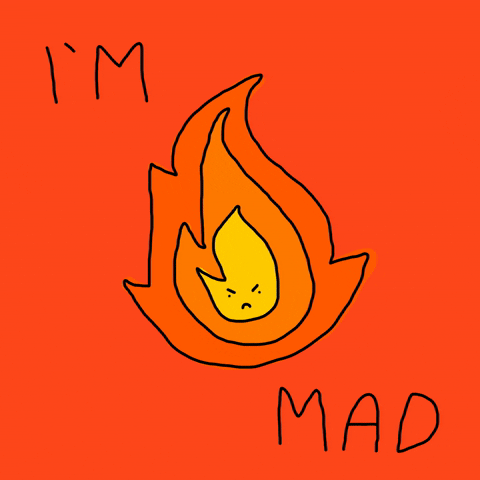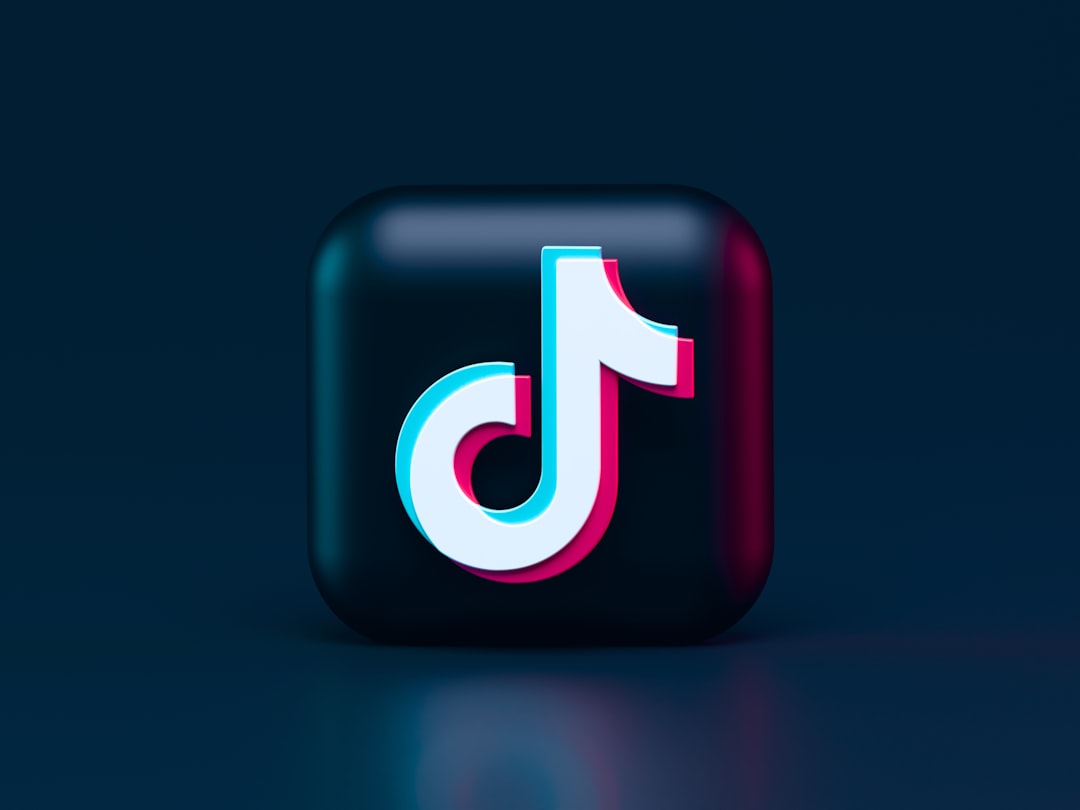- Creator Briefing
- Posts
- Vice signalling and rage-baiting
Vice signalling and rage-baiting
#136
Issue #136 | Your reading time this week is 5 mins. 45 secs.
Welcome back to the Creator Briefing.
Here’s just some of what I’ve been thinking about this week:
Marques Brownlee joins Ridge: The future of brand collaborations
Fake Trump targets black voters
Influencer marketing treated more harshly than native advertising
Whalar’s Alex North talks measurement and evaluation
Thank you to everyone who completed the poll below. I’ll keep it open for another couple of weeks and then go with the consensus.
What day would you most like to receive the Creator Briefing? |
Marques Brownlee: the future of brand partnerships

Top, tech YouTuber, Marques Brownlee has become chief creative partner and board member at accessories company Ridge.
The move is far from unique. Last year the idea of influencer-turned-Creative Director took hold:
Diet Coke appointed Kate Moss
LVMH appointed Pharell
Gymshark appointed David Laid
Too Faced appointed Sara Echeagaray
The spirit and design of the partnership deal between Ridge and Brownlee is worth exploring, though.
Ridge CEO Sean Frank told Fortune that Brownlee is “teaching us to be more of a content-first brand, like how we actually get better at storytelling instead of just running static image ads on Facebook.”
Brownlee, in turn, praised his level of creative freedom and the length of deal: “I really am happy with how much input I'm gonna get to have on actually bringing certain products to life.” … “We’re going to be in this for the long-haul” he told Fortune.
Frank first opened the creator partnership role back in August 2023. Writing an X thread (formerly Twitter) he said:
“Instead of paying an A list celebrity to come do 2 photoshoots a year, I would rather use that money to hire someone who can help shape the brand. Someone with a POV. With a skill they can teach us. Who actually is invested in our success.”
We don’t know where Brownlee ended up with his remuneration package. Frank’s initial offer was low according to his thread: “10-40 hours a month. Sometimes on content strategy calls. Sometimes on set. Sometimes making short form content for us. $250,000 a year+benefits, 4 year contract. Equity on the table as well.”
Size of equity may have tempted Brownlee. Frank is ramping the company for a $1 billion exit within two years. “It felt like a perfect alignment to get [Brownlee] on the cap table and give him a good chunk of this business to help us scale,” he told Fortune.
A few considerations on making this partnership successful
Brownlee is being hired in part as a teacher. Possessing the skills is not the same as being able to pass on those skills. Ridge may benefit from creating a ‘translator role’, someone who can work with Brownlee to translate some of his processes and embed them into Ridge’s organisational memory.
It sucks being an employee - Brownlee is an entrepreneur; he’s used to calling his own shots in business. He’ll have to learn to be part of the board. This may require patience and restraint.
He will need to balance the creative with the corporate and keep motivated once the initial ‘buzz’ of the deal has subsided.
Brownlee’s push to diversify income
Brownlee has worked hard these past three years to diverse his income streams to limit his exposure to risk and to seize opportunities.
In 2021 90% of his income came from either YouTube’s Adsense or through influencer marketing brand collabs. The remainder coming from selling merch, his podcast, appearance fees and through licencing.
Today he part owns laptop camera company Opal as well as podcast and video editing company Riverside.FM. Last year the YouTuber released the M251, a shoe collaboration with sneaker company Atoms that had been in the works for three years.
ADVERTISEMENT
#AD SUMO are Influencer Marketing and Talent Management recruiters. If you work within the Creator Economy and would like to expand your team, or if you’re seeking a new opportunity, we would love to hear from you. Visit: www.sumo.london
EU investigates TikTok
The European Commission has opened formal proceedings to assess whether TikTok may have breached the Digital Services Act (DSA) in areas linked to the protection of minors, advertising transparency, data access for researchers, as well as the risk management of addictive design and harmful content.
Fake Trump targets black voters
Donald Trump supporters are targeting black voters with disinformation, including AI-generated fake images of the former president, campaigners have warned.
The BBC notes, however, there is no evidence directly linking the deepfakes it uncovered to Mr Trump’s campaign.
In Creator Briefing #130 we talked about political deepfakes and how 143 deep-fake video advertisements impersonating UK Prime Minister Rishi Sunak were created and paid to be promoted on Meta’s platform.
These AI versions of Trump are different as they are created by Trump supporters and aim to portray the former U.S. president in a favourable light. However, placing politicians in scenes and situations they have not been in risks further truth erosion. In Creator Briefing #131 we touched on the concept of how deepfakes create a ‘liars dividend.’
This Instagram meme portrays one endgame - unthinkable six months ago, which now seems plausible. The caption reads: “Me in 3 years in court witnessing the most hyper realistic 3 minutes and 43 second AI-generated video of a crime i never even commited (sic) i wasn’t even there.”
Vice signalling and rage-baiting

Gif by stickfiguregirl on Giphy
We’ve all heard of ‘virtue signalling’ but it was former Ketchum colleague, David Gallagher who shared the term ‘vice signalling’ with me via a Spectator article.
The article focused on politicians but could equally apply to content creators.
“A great many politicians look at Trump’s success and think the future lies in being angry” wrote The Spectator’s editor Fraser Nelson continuing: “So they engage in what you might call vice signalling, the opposite of virtue signalling. They say murky stuff that they don’t necessarily believe, to establish their credentials as a truth-speaking bad boy (or girl).
Vice signalling is similar, to the phenomena: rage baiting and rage farming. Molly Jong-Fast explains rage farming in her The Atlantic article as “the product of a perfect storm of f***ery, an unholy mélange of algorithms and anxiety.”
We've seen influencers do this, too, creating faux outrage and invented controversy. The algorithms of social media platforms favour engagement often the outcome of contrary content over the conforming points of view.
Logan Paul manufactured a fallout with KSI in a successful ploy to get more people to watch their 2018 boxing match. Whilst James Charles and Tati Westbrook fall out seemed to last most of 2020.
Today TikTok creators such as Winta Zesu stage interactions for content. She recently told Rolling Stone “I realised that videos really blow up when there’s like controversial things going on in the video.”
Upcoming events
Today (06 March) The Influencer Marketing Trade Body is partnershing with Performance Marketing World. I’m hosting the Creator Stage at PMW UNLOCKED and really looking forward to chairing a day of sessions including: Full-funnel creator marketing; creators shaping social strategy, AI in influencer marketing; and storytelling in an age of short attention spans.
On 18th March I’m speaking at Financial Promoter Live about how the financial services industry can harness influencer marketing while keeping the regulators happy (or at least, not sad😢).
On 10th April The IMTB is partnering with Influencer360. I shall be chairing a session titled: Exploring The Regulations of Influence
How Ozempic highlights the uneven approach to branded content regulation

WeightWatchers has sponsored a creator-focused GLP-1 hype house. It’s a place to promote Ozempic - a medicine used to treat type 2 diabetes - via content creators.
Bloomberg takes up the story positioning the campaign as a cautionary tale to marketers about
Staying relevant as a brand
Walking the talk in terms of corporate values and beliefs
Authentic creator collaboration coming from first-hand experience with the product
Perils of bringing your brand’s community with you when your strategy pivots
There’s a wider, hidden element of this story worth exploring. It centres on the way branded content is treated differently depending on what medium it’s served up to audiences.
Jeremy Clarkson wrote about the Ozempic drug in his Sunday Times column in January last year. Boris Johnson praised “the wonder drug” in his Daily Mail column in June 2023.
Both articles were so fullsome in their praise for Ozempic that - had they been influencers posting to YouTube, Instagram or TikTok there would be widespread condemnation of their content as hidden advertising.
To be clear, I have no knowledge that either Clarkson or Johnson were paid by Ozempic in return for writing such OTT glowing reviews. But let me continue.
“The obligations for social media creatives and influencers to declare payments, gifts, affiliate marketing links and other relationships with sponsors are clear but are not matched across UK journalism,” writes Professor Jonathan Hardy in an Online Advertising Regulation Policy Briefing produced by the Branded Content Governance Project.
Prof Hardy makes the assertion that “Currently, a teenage creator on TikTok, working without professional or legal support, has a greater obligation to reveal ‘incentivised content’ than the professional publishing sector.”
Divisions between paid media (ads in third-party publications/media vehicles) and owned (self-publishing by brands) have become increasingly blurred through corporate convergence, joint deals, and emerging marketing forms and formats.
These seemingly uneven approaches to regulatory efforts across marketing and communications channels will become an increasing irritant amongst creators and marketers in the near future.
DECLARATION: I’m an advisory board member to the Branded Content Research Hub which leads the governance project.
Whalar’s Alex North talks measurement and evaluation
And we're off ... a new season of the Influencer Marketing Lab podcast and it's a belter!
I'm in conversation with @alex North, Head of Media, Measurement and Analytics across EMEA at @whalar .
— Scott Guthrie (@sabguthrie)
10:45 AM • Feb 28, 2024
In episode 54 of the Influencer Marketing Lab podcast I chat with Alex North, Head of Media, Measurement and Analytics across EMEA at Whalar. We discuss:
Whether ROI measurement within creator marketing is evolving
How influencer marketers can best help brands navigate choice and challenges in quantifying impact
Measurement 'in the wild' with a case study
And we look over the brow of the hill to the future of measurement within our industry
What did you think of this week's newsletter?Honest feedback helps me create the best possible newsletter for you each week |

Reply